Why The Little Prince is the shortest great book of the 20th century
The story of a boy who is discouraged from using his imagination in favour of ‘sensible’ pursuits is still a powerful lesson.
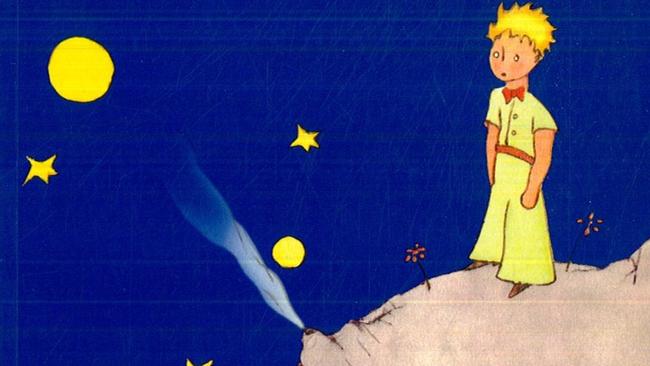
Eighty years ago this month, the shortest great book of the 20th century was published in New York, in French and simultaneously in the first of many English translations. It was written by Antoine de Saint-Exupéry (1900-44), already celebrated both as an author and as a daring aviator from the heroic age of flight between the wars. He was at the time a military pilot who had left the French Air Force and moved to America following the capitulation of France, but was shortly to rejoin the Free French Air Force in North Africa. Some months later his plane would be lost over the Mediterranean.
The book’s story is in part a recollection of a nearly-fatal crash in the Sahara in 1935, but the narrative of a forced landing and several days spent repairing his aircraft, alone in the desert and without the help of a mechanic is only the frame for the real focus of the book, which is a kind of poetic allegory beginning when a mysterious little figure appears and asks him to draw a sheep.
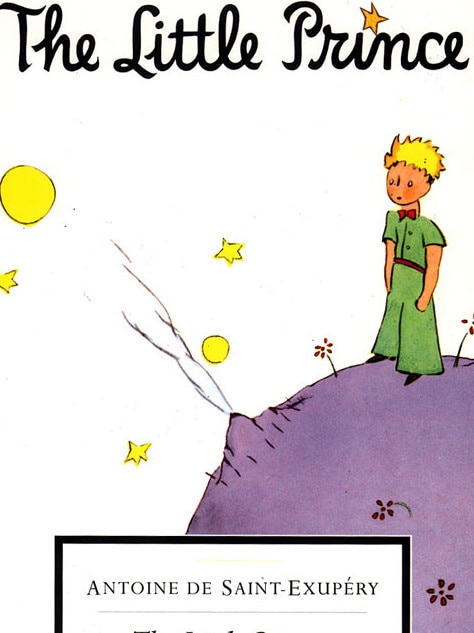
Drawing itself is an important theme; the story begins with the author’s recollection of reading a book, at the age of six, about wild beasts in a primeval jungle. He is especially struck by learning that boa constrictors swallow their prey whole and then spend months in torpid immobility digesting it. So he draws a picture of a boa constrictor that has swallowed an elephant; but when he shows it to grown-ups, they mistake it for a drawing of a hat. The grown-ups have no imagination. They discourage him from drawing, so he devotes himself to sensible things like mathematics and geography and history and grows up to be a pilot.
This first naive drawing remains a touchstone by which to determine at once whether or not a person sees with the eyes of the imagination. And when he shows it to the mysterious little boy who appears in the desert, he immediately recognises it as a boa that has swallowed an elephant. He is a visitor from another world in which it seems natural to see the things around us with the insight of imagination. Perhaps Saint-Exupéry was recalling Baudelaire’s words: “Imagination is the queen of truth.”
Although the narrator/author repeatedly mentions how the grown-ups discouraged his early attempts at drawing, with the result that he never learned properly, the book is full of the sketches and watercolours of the Little Prince and various aspects of his life. In fact one of the most remarkable things about this work is that both words and pictures are by the author himself. This is common, if not usual, in the comic strip genre – which also became very sophisticated in these years, in particular, with Hergé’s classic Tintin albums (from Cigars of the Pharaoh, 1934 and The Blue Lotus, 1936 to The Secret of the Unicorn, 1943, etc.) – but it is very unusual in other formats.
Books have been illustrated since the beginning of printing – from early editions of Dante’s Divine Comedy to 16th-century versions of Ovid’s Metamorphoses; with the rise of the modern novel in the later 18th century and its flourishing in the 19th, it became common for books to be accompanied by illustrations – think of Balzac, Dickens, Lewis Carroll, Conan Doyle – which often become inseparable, in the reader’s mind, from the story itself and the identity of its characters. This is especially true in the case of original illustrations, produced in close collaboration with the author; those done later can sometimes have a jarring effect and seem quite alien to the way the reader had imagined the character or incident as they read the book.
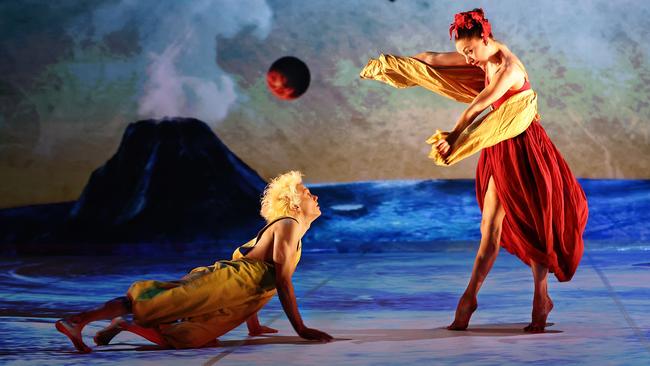
Quite a few authors have indeed sketched their own characters, including Lewis Carroll and Rudyard Kipling, but few of these have been used in the published editions. The exception of course is in the case of children’s books, and that is part of what makes the proper category of The Little Prince so ambiguous. The author implies that it is a work intended for children in his prefatory note, offering an artful apology for dedicating it, after all, to a grown-up. But the real purpose of this note is perhaps to hint – and the story of the boa drawing confirms this – that it is really a book for grown-ups who have preserved something of the spontaneous imaginative insight of children.
The limpid clarity and seemingly effortless simplicity of the book were not achieved without considerable labour. Saint-Exupéry wrote and rewrote, seeking the right balance of plainness and allusiveness, the right tone and turn of phrase for many of the passages that remain in our minds. In Chapter XXI, for example, the fox explains what it really means to tame another creature: “on ne connaît que les choses que l’on apprivoise”; we only know the things we have tamed. And later: “Tu deviens responsable pour toujours de ce que tu as apprivoisé”; you become forever responsible for the things you have tamed. Perhaps most famously, and returning to the opening theme of imagination: “On ne voit bien qu’avec le cœur. L’essentiel est invisible pour les yeux”; we only see clearly with the heart. What is essential is invisible to our eyes.
Visionary yet elusive, Saint-Exupéry’s allegorical fable touches the reader in a unique way, and is so pared down to a universal insight into the human heart that it seems to transcend all national, cultural and ethnic boundaries. Thus apart from at least 10 English translations – bearing witness to the difficulty of rendering the subtle nuances of expression and feeling into another language – there are versions in almost every other human language, and the pace of translation, if possible, seems only to be accelerating.
Various figures for the number of translations of Saint-Exupéry’s work can be found on internet searches, but one website associated with its publisher already counted versions in 253 languages in 2014. In the last decade alone that number has more than doubled, and The Little Prince has long broken all records for the number of translations of any text except for the Bible itself. The most recent figure I have seen is 537 different languages and dialects, according to the website of a collector (which can easily be found by searching “petit-prince-collection”). Another collector’s website, possibly from a few years earlier, lists 446 versions in his possession.
I was not aware of what a unique phenomenon this had become until I was in Corsica last year and, having read a book about the evolution of the Corsican language – one of the smaller Romance tongues to develop from the breakdown of late Latin, and whose proximity to Tuscany has made it quite similar to Italian – I decided to look for a translation of The Little Prince in Corsican. To my surprise I found that the book was also available in an astonishing variety of other minor languages and dialects (including a sub-dialect of Corsican), and when I was in Sardinia I also bought a copy in Sardinian; this too is a derivative from late spoken Latin, but with much less Italian influence. But it turned out that the work existed not only in Sardinian, but in all 10 of its dialects.
The same thing has happened with much bigger languages. Thus the website of the collector with 537 versions lists no fewer than 49 translations into various dialects of German – without counting three more in dialects of Alsatian. There are 10 different translations into regional varieties of Arabic; two in dialects of Albanian; two in Aramaic; three in regional dialects of Armenian; three in Basque; four in varieties of Berber, the Indigenous language of northwest Africa before the Arab invasions; five in dialects of Catalan; five in varieties of Chinese; 15 in various Creoles of former French colonies; five in forms of Croatian; 12 in varieties of Spanish; 55 in dialects of Italian, which must be the record; two in different forms of Khmer; four different kinds of Kurdish; 28 forms of Occitan, the old language of the south of France, many of which are today almost forgotten; Persian as well as Afghan Persian (Dari), seven forms of Turkish – and one could go on, including countless Indigenous and African languages, versions in long-dead tongues and even one in Egyptian hieroglyphics.
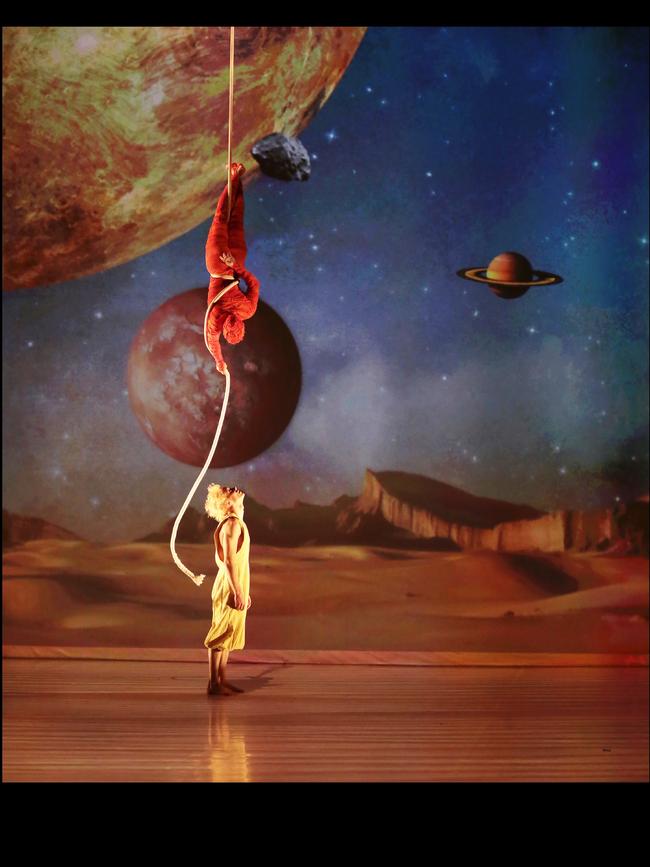
What this suggests is that The Little Prince is not only a story universal in appeal, but has grown into a kind of international reference work for translation. In particular a great deal of energy has evidently been put into rendering it in languages and dialects that were once widely spoken, but have become severely endangered in the age of national unification, state-sponsored public education, and centralised mass media. All of these things threaten local cultures with extinction, especially as most of the local languages and dialects in question were primarily oral and have rarely if ever been written down. Most of the speakers of varieties of Sardinian or Occitan or even regional German would have been illiterate, and those who could read would have used Latin in past centuries or more recently official versions of the national vernacular (Italian, French or German) in formal speech and writing.
The same can be said for other oral but not written languages like the various Creoles or the Indigenous languages of Africa, oral cultures that did not develop writing. In translating this modern classic, the authors are in effect demonstrating that their oral tongue is capable of being used for literary expression, encouraging its continued use in spoken communication, or at the very least helping to preserve it in this new literary form. It is curious that no one has yet published a version in an Australian Indigenous language, but that will probably only be a matter of time.
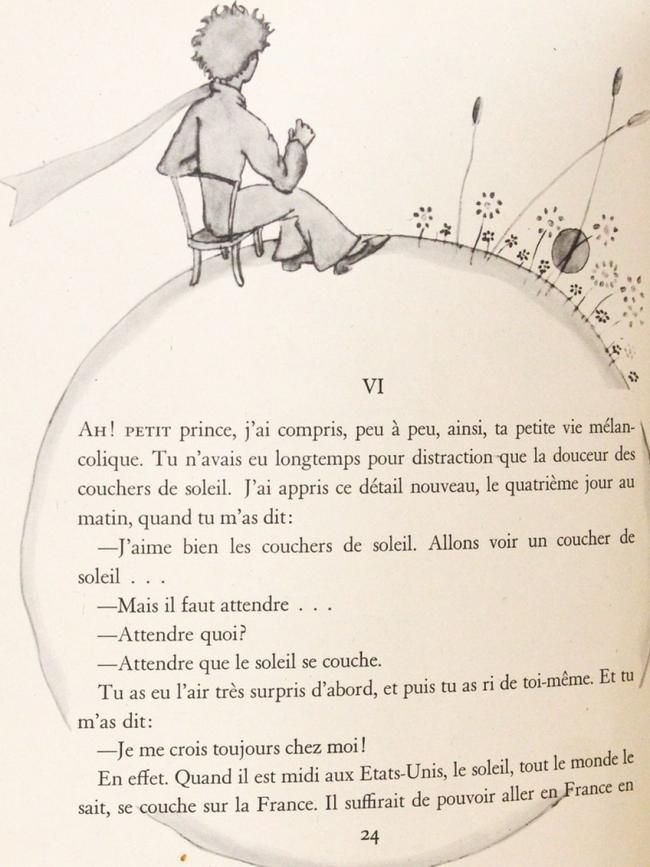
For anyone interested in the history of English translations, there is a good summary on a site called We Love Translations, which can easily be found by search “what is the best translation of The Little Prince”; there are brief notes on the translators as well as samples of the text which demonstrate how difficult it can be to find the right tone, rhythm and colour in an English version.
Nonetheless, it is clearly the ingenious plainness of Saint-Exupéry’s style, the result of so much careful reduction and polishing on his part, that has allowed this book to become an international benchmark of translation and almost a place of refuge for endangered languages. The writings of Dostoevsky, Proust, James or Kafka could never have been used in this way, because the language is so much denser and filled with references to things for which traditional oral languages have no words. Saint-Exupéry’s unique achievement was to write a deep and moving philosophical allegory with the simplicity of a folktale.
Antoine de Saint-Exupéry
The Little Prince (1943)




To join the conversation, please log in. Don't have an account? Register
Join the conversation, you are commenting as Logout